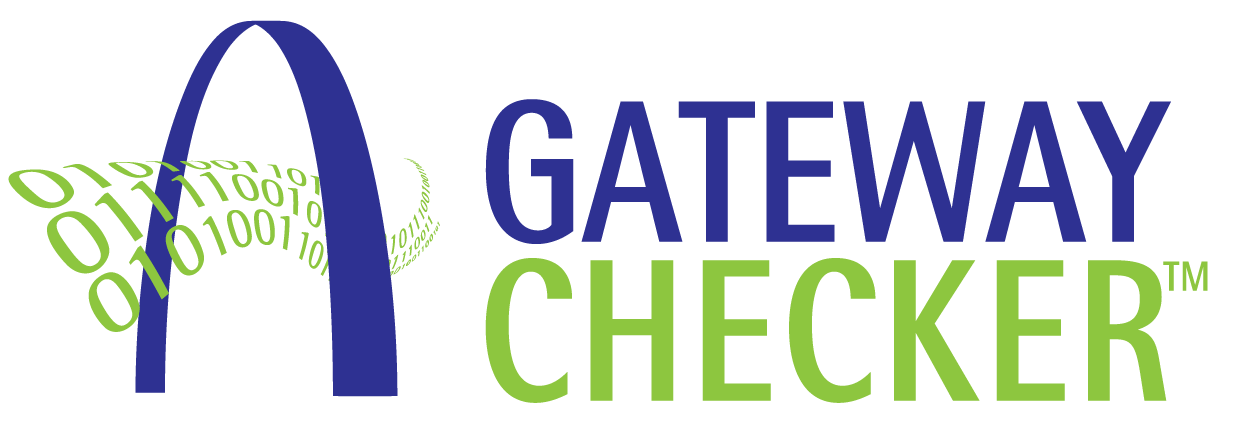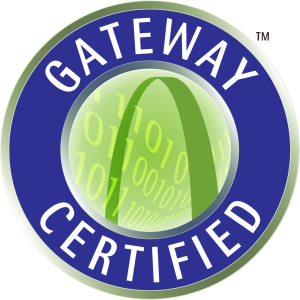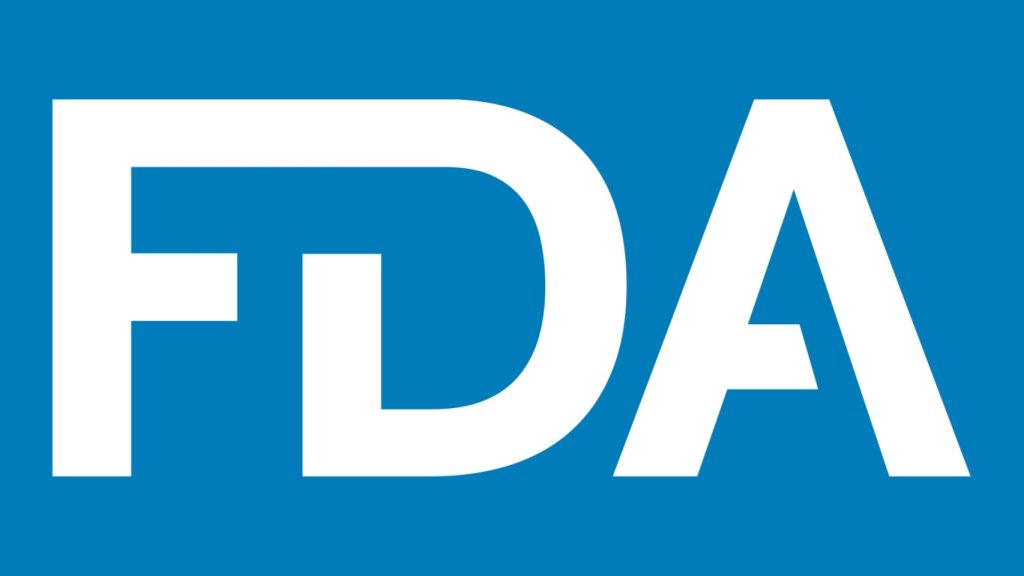Many Unprepared for New Guidelines
Published September 4th, 2024
With the November 27th, 2024 stabilization period deadline approaching quickly, pharmaceutical partners must be ready to adhere to new traceability and interoperability requirements. But a troubling number of partners haven’t made enough progress to reach these new standards, a statistic troubling to partners, the FDA, and one that should trouble consumers as well.
While Phase 2 of the Drug Supply Chain Security Act was supposed to come into effect last November, a stabilization period has granted pharmaceutical partners an extra year to adhere. However, the November 27th deadline is quickly approaching, and FDA officials announced that this deadline is firm. Manufacturers, distributors, and healthcare providers must be prepared to exchange EPCIS interoperable, product-level data across the supply chain… and the truth is, many aren’t ready.
In June, the Partnership for DSCSA Governance (PDG) hosted a joint public meeting discussing DSCSA implementation and stabilization efforts, allowing industry leaders to discuss progress made to adhere to these standards. While progress has certainly been made since June, many pharmaceutical players remain unprepared, including major wholesalers and manufacturers. However, making progress simply by adhering to requirements isn’t the only issue.
Why Updated Regulations Matter… and How to Be Prepared
Counterfeits remain a real threat throughout the United States. Recent reports found Ozempic counterfeits infiltrating the supply chain, with counterfeit boxes containing the same serial number on all packages. A third-party review of the product detected this complication, exhibiting the lack of quality systems and processes within that particular supply chain. Instances like this are far from uncommon, highlighting the importance of DSCSA Compliance and working with a trusted solution provider to help you comply.
As the leading GS1 Conformance Testing Platform, Gateway Checker has a suite of services designed to help you protect the integrity of your supply chain and conform to necessary DSCSA Standards.
Keep your supply chain safe. Take a look at our traceability platform and conformance testing solutions, to see how we can help you prepare for the upcoming DSCSA regulations.
Or, feel free to contact us to learn more.




